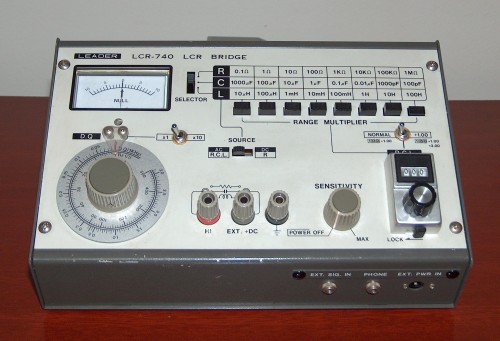Originally posted by waspclothes
View Post
edit: I think these are vintage "dogbone" temperature compensating type ceramic capacitors. "MN" might be the tolerance or something.

 )
)
Comment